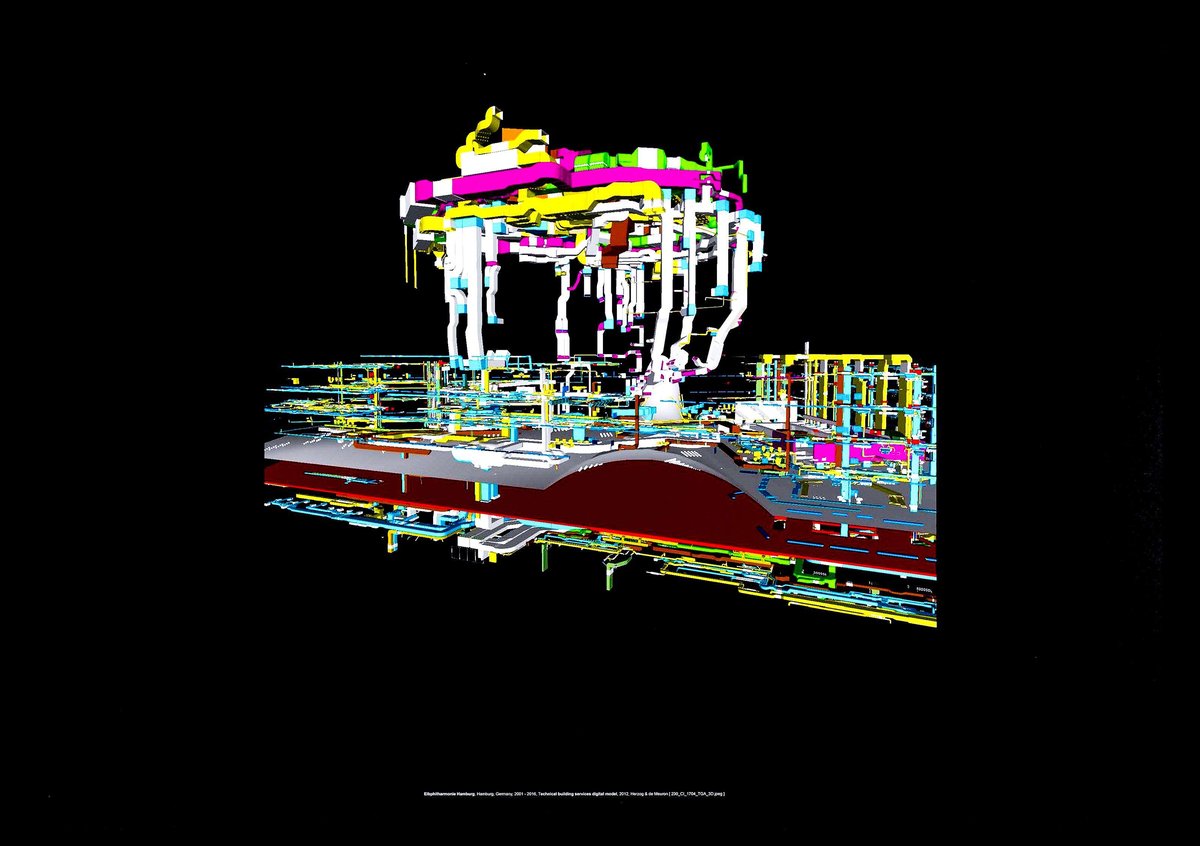Drawing Powers: Conclusions
This text is the conclusion to a series of essays in which Fernando Poeiras (ESAD.CR/LIDA), explores the different powers of drawing within architectural design projects. Each text is illustrated with examples from the Drawing Matter Collection. Find the introduction to the series here.
What surprises me most in architecture, as in other techniques, is that a project has one life in its built state but another in its written or drawn state.
– Aldo Rossi
This means we are entirely free to help ourselves wherever we can from the experiences and the thoughts of our past.
– Hannah Arendt
In these short studies I have tried to answer a single question: how does drawing increase the capacity to understand, imagine and validate a design?
I have identified a series of ‘drawing powers’, and sought to understand how drawing contributes to the operational and operative value of drawings. Operational, because drawing can both pose and solve a series of modelling problems, and operative, because of the many actions drawing exerts on the drawer, and consequently on multiple aspects of design and its process.

To fully understand operational and operative values we need to examine the interactive and involved sentient process that drawing represents. But we also need to look carefully for the exact and limited contribution that drawing makes to the design process, to the design, and ultimately, to our constructed reality, because a monolithic and all-encompassing concept of drawing produces no intelligible conclusions.
To answer these many questions, we must investigate the productivity of drawing, while recognising and dealing with its concrete practices and rich diversity. We must discard the false idea that only the techniques of representation can be transmitted and that, beyond representation, there are only personal and idiosyncratic drawing practices. Some architects and designers do not use drawing, while others just use it for exteriorising previously-defined solutions. However, there are some who think, imagine and feel through the process of drawing. From the many drawing practices in evidence, this study has sought to isolate and analyse certain common traits.
Although intentionality is one of the elements of design practice, we have seen that, even in the ‘instrumental’ use of drawing – in which drawing is supposedly neutral, unproductive and completely subject to the intentions of the drawer – it is also productive through the many forms, techniques, and strategies by which the drawer gains a better understanding of both the design object and themselves. In this practice, the main pitfall is that of reducing the sentient exercise of human faculties to a mere shortcut for illustrating ideas, i.e. an impoverished and repetitive ‘re-presentation’.
More than being just a ‘drawing language’, each drawing style and each drawing craft is also productive: it enables different translation operations to occur. Here, the risk is that ‘drawing languages’ can acquire a kind of autonomy that may lead to empty formalism or excessive ‘overdrawing’.
Finally, experimentation through drawing can create many other ways in which drawing can be productive. Procedures for this experimentation can open up new lines of exploration and discovery, which are often surprising, and may surpass the intentional framework; one of the most productive outcomes of drawing practice. However, once again, there is a risk that this practice may induce ineffective experimentalism if it is not tied to the actual design and the exercise of the drawer’s faculties.
The specific characteristics of design drawing are found in its operational values. However, there are other ways – sometimes improbable but never to be ignored – to develop the process and intelligibility of a design, and to anticipate and experiment with its reality.
The Drawing Matter collection preserves and extends drawing heritage by incorporating many unconventional uses of drawing, and including contemporary drawing media. How can this heritage be used? Hannah Arendt indicates the right direction. Faced with a partially renewed world, with its new possibilities and difficulties, and no longer being bound to repeat a tradition, we can make free use of the knowledge available in drawings and other models, in studies and essays, and in collected testimonies.

Thus, we can use this collection to study and confront problems, both persistent and new – we can experiment with it and, through it, experiment with ourselves.
Our experimental studies here, although theoretical, were rooted in strong ‘affects’. The selection of drawings resulted from an affinity with certain drawings, and lack of affinity with others. From time to time these relationships changed; some intensified or ended, while others emerged; some relationships were enduring, and some were not. Encountering, observing and comparing drawings was central for these texts; the copying of some was also instructive. This proved to be a rewarding way of learning from drawings, gathering the knowledge they hold, and generating new knowledge.
Drawing remains an enduring form of knowledge that, because it is exteriorised in immutable and tangible drawings, can be shared within the community of practitioners and passed on to the future.
Final notes:
I would like to thank Niall Hobhouse and Drawing Matter for all their support; I include in this support the assistance of Matt Page, the first critical reader of these studies to whom I am most grateful. Finally, I would also like to thank my friend Júlio Silva for our many precious conversations about drawings and about this collection.
The translation of this research was funded by of LIDA – Arts and Design Research Lab, with the financial support of FCT – Fundação para a Ciência e a Tecnologia, I.P, through National funds.



– Fernando Poeiras